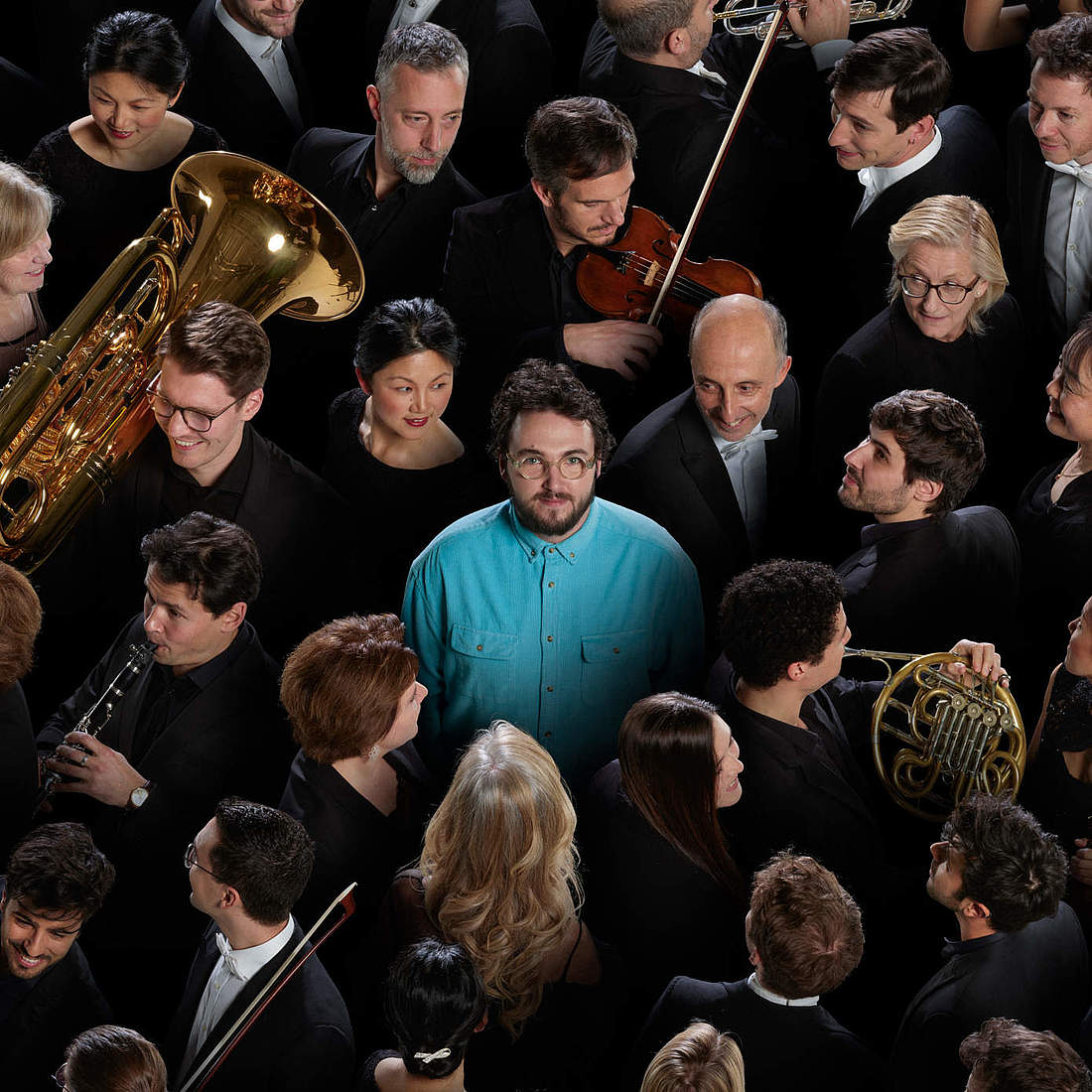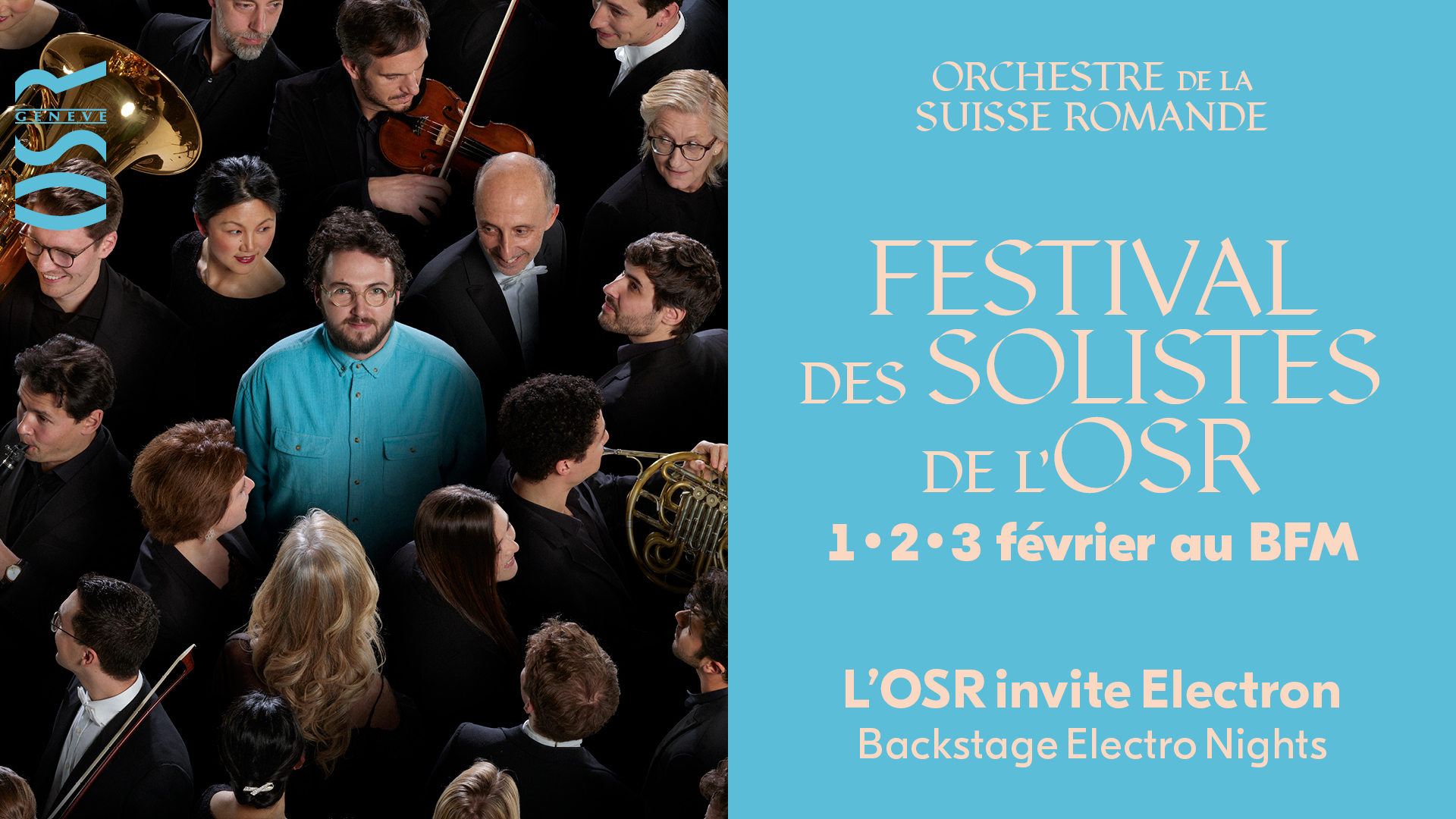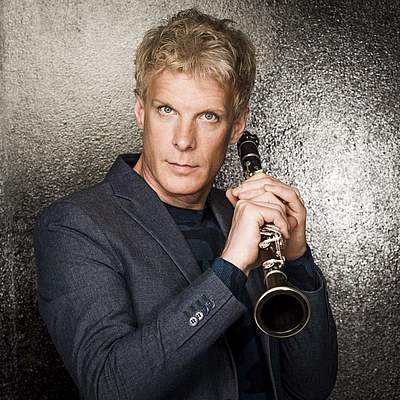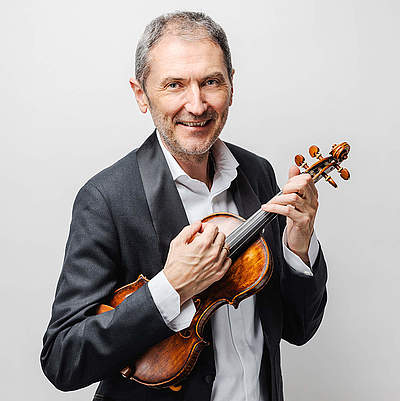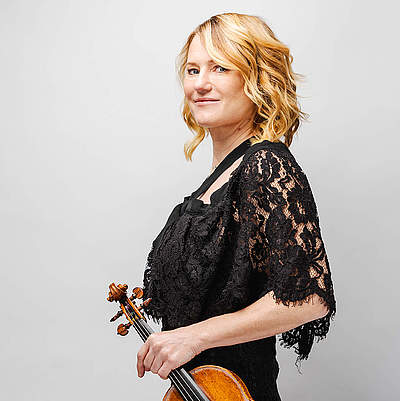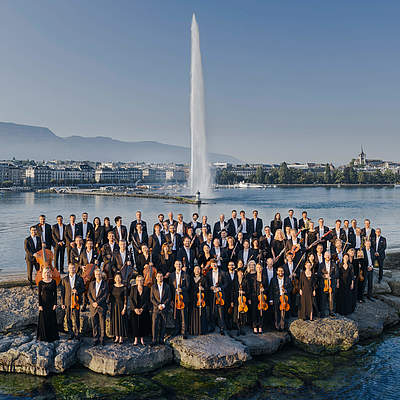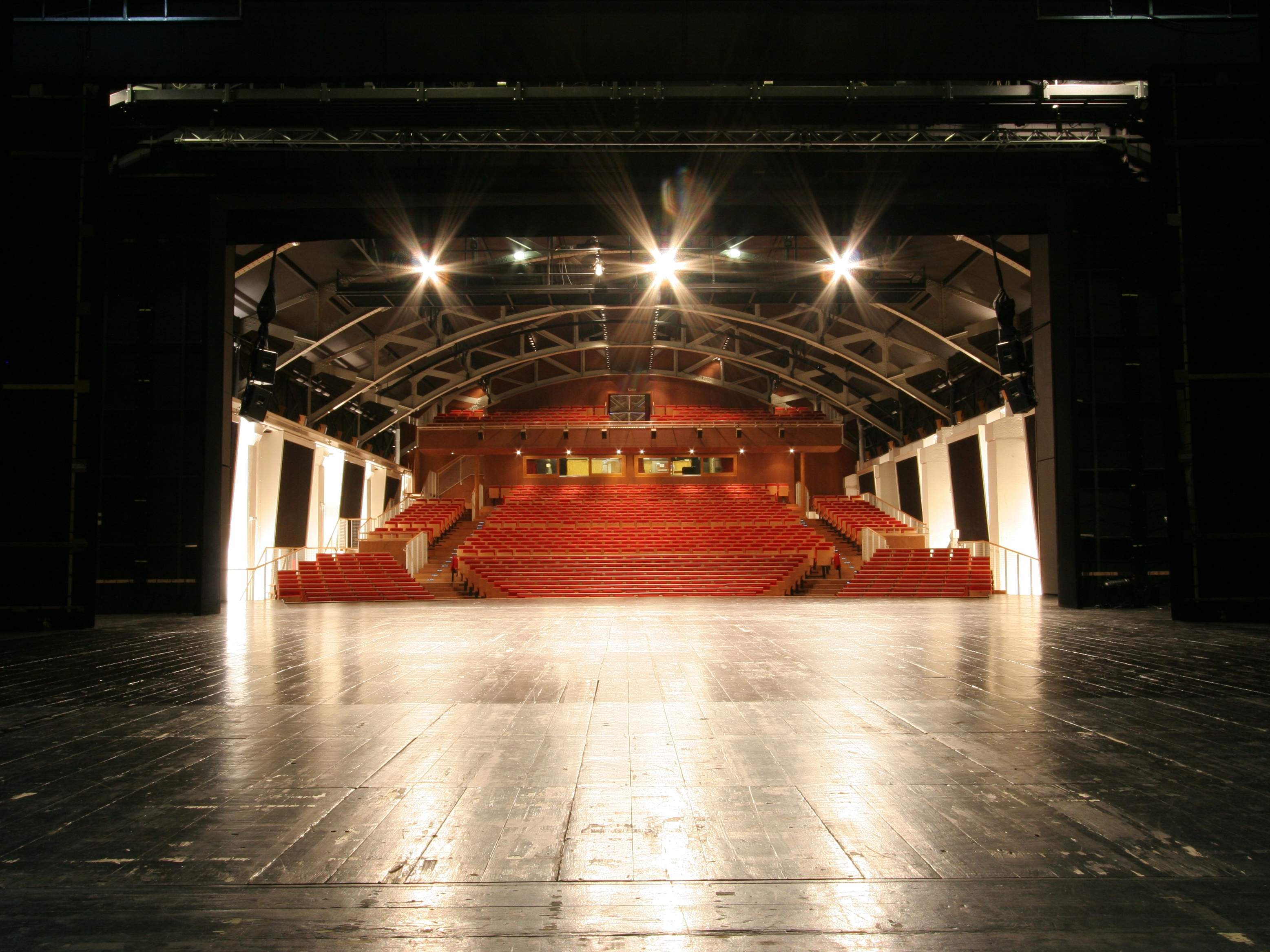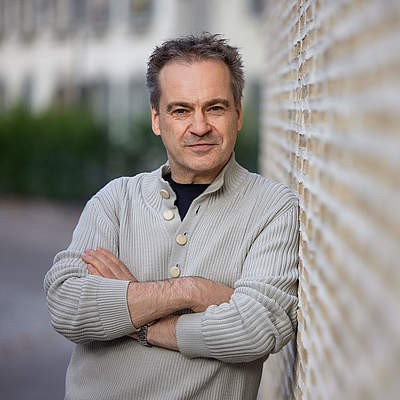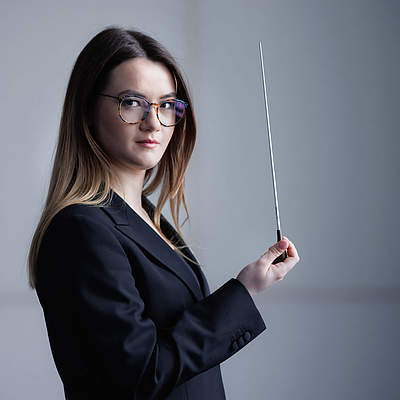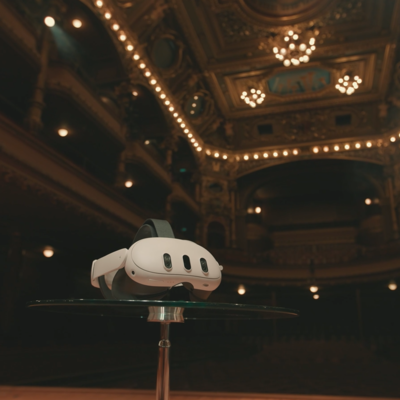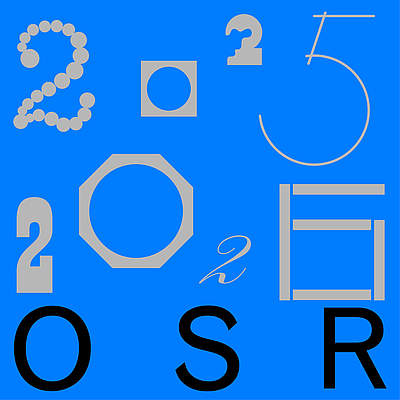OSR Festival I
The OSR musicians in the spotlight
Thursday
01.02.2024
19:30 — Bâtiment des Forces Motrices, Geneva
Great Patron
Programme
Martin Fröstconductor & clarinet
François Payet-LabonneSidonie Bougamontviolin
Orchestre de la Suisse Romandein small ensemble
Igor Stravinski
Pulcinella, suite for orchestra, No. 1 Sinfonia
Göran & Martin Fröst
Nomadic Dances, for clarinet and orchestra
Johannes Brahms
Hungarian Dances No. 1, arr. for clarinet and strings by Göran Fröst
Igor Stravinski
Pulcinella, suite for orchestra, No. 3 Scherzino
Béla Bartók
Romanian Folk Dances, arr. for clarinet and strings by de Göran Fröst
Serge Prokofiev
Concerto for violin and orchestra No. 2 in G minor Op. 63, II. Andante assai
Göran Fröst
Klezmer Dances No. 2, for clarinet and strings
Serge Prokofiev
Concerto for violin and orchestra No. 2 in G minor Op. 63, III. Allegro
Felix Mendelssohn
Symphony No. 4 in A major Op. 90, known as 'The Italian'
Anders Hillborg
Hyper Exit, for clarinet and orchestra
The music
For this first festival concert, the OSR is inviting us to dance, or rather to dance, where everyone will find something to enjoy. The Sinfonia (Overture) and the Scherzino (third movement) from the ballet Pulcinella by Igor Stravinsky (1882-1969) will be performed. First performed by the Ballets Russes at the Paris Opéra in 1920 under the direction of Ernest Ansermet, founding conductor of the OSR, it is a skilful blend of baroque chamber music, court minuets and commedia dell'arte, in which Stravinsky constantly overturns rhythmic and harmonic reference points.
This season's artist-in-residence, clarinettist and conductor Martin Fröst, brings us Nomadic Dances (which Verbier Festival audiences were able to discover last year) and Klezmer Dance No. 2, two pieces written by his own brother Göran Fröst, showcasing the instrument and the versatile talent of the Swedish clarinettist, who blithely mixes sonic elements ranging from the French Baroque to contemporary music and traditional melodies.
The last two movements of the Violin Concerto No. 2 by Serge Prokofiev (1891-1953) show both sides of the composer: his melodic invention in the magnificent song, slightly tinged with melancholy, woven by the soloist in the Andante assai (reminiscent of Romeo and Juliette, the Russian composer's flagship work), then, in the final Allegro ben marcato, the dissonant chords, jerky attacks and syncopated rhythms that are often associated with it.
Before bringing the concert to a fitting close with the breathtaking and aptly named Hyper Exit by Swedish composer Anders Hillborg (b. 1954), premiered by Martin Fröst in 2015, we hear the finale of the Fourth Symphony by Felix Mendelssohn (1809-1847). Despite its name of saltarello, only the beginning evokes this bouncing dance. In reality, this page is much more like a tarantella: so named because it was claimed that the only hope for the victim of a tarantula bite lay in the non-stop movement of arms and legs. So let's dance, let's dance, because it's good for your health...
